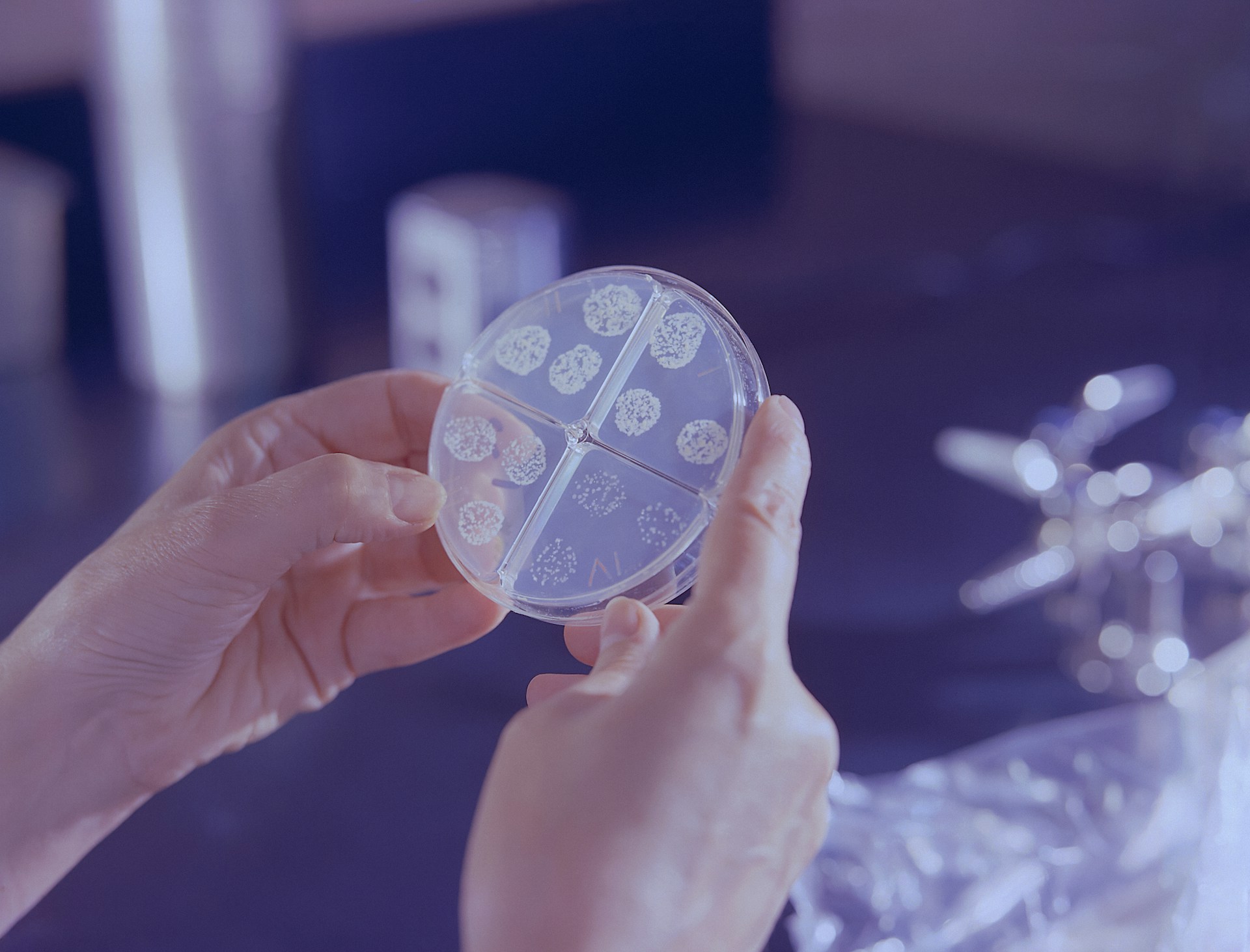We often associate the concept of immaculate conception with Christmas. It is perhaps surprising that the concept also applies to plants. And yet unravelling the secrets of virgin birth within plants could be key to ensuring global food security in the future.
This year’s Annals of Botany Annual Oxford Lecture on 5th October covered this exact topic. Venkatesan Sundaresan, Distinguished Professor of Plant Biology at the University of California, Davis, discussed his research team’s efforts to solve this mystery in hybrid rice lines.
Innovation in agriculture is essential for us to meet future global food demands. Rice makes up 20% of the world’s dietary energy supply, but an estimated additional 116 million tons will be required by 2035 to meet demand.
Within this context, creating financially and logistically viable hybrid rice (produced by crossbreeding two distinct parent lines)—bred for its increased yields, improved disease resistance, and better climate adaptability—as an alternative to currently harvested rice lines, would be nothing short of a miracle.
Unfortunately, genetic segregation during meiosis (cell division which halves the number of chromosomes from the sexually reproducing parents) means that these improvements are not sustained, with the favourable traits unevenly distributed in the subsequent generation.
For this reason, farmers must purchase new hybrid seeds every year, which racks up their costs. Also, production of the seeds is complex and so, despite its superior quality over inbred lines, hybrid rice has still not been adopted by many regions in the world.
The biblical references do not stop there. Indeed, the process underlying the cloning of hybrid crops— synthetic apomixis—is often regarded as the “holy grail of agriculture”.
Synthetic apomixis involves artificially replacing sexual reproduction with asexual reproduction in seeds. The superior traits of hybrid crops are subsequently not diluted in the next generation as the mixing of genes in meiosis and fertilisation is avoided. Instead, daughter plants are genetically identical to the parent plant.
The journey to immaculate conception began with gametes (sex cells) and the transition from fertilised egg to embryo. The early development of the zygote (the cell produced upon fertilisation that eventually gives rise to the embryo) is egg-centric. RNA transcripts (copies of the DNA sequence that instruct the cell to make a particular protein) and proteins derived from the egg aid the development process.
The maternal-to-zygotic transition follows. Here, the zygotic genome is activated and begins transcribing its own genes to support further growth and development. Maternally derived factors stop being so relied upon during this transition.
The genomes from the egg and sperm do not contribute equally to zygotic development. The expression of some genes can vary depending on which parent it came from. This epigenetic phenomenon, known as ‘imprinting’, is found across living organisms.
In humans, it occurs frequently in genes controlling foetal growth. Its effects are well documented across a class of genetic diseases called imprinting disorders. For example, Prader-Willi syndrome—characterised by restricted growth, an increased appetite, and weak muscles—is caused by a mutation in a paternally expressed region of chromosome 15.
In rice, most genes are transcribed from the maternal genome, with very few being expressed from the paternal side.
The mechanisms contributing to this uniparental expression of genes are currently unclear. Sundaresan’s group are hoping to reveal the contributing epigenetic modifications.
One of these paternally expressed genes, appropriately named BABY BOOM1 (BBM1), was found to be key in triggering embryo development (‘embryogenesis’) in rice.
Research by Sundaresan and colleagues published in 2018 induced the expression of BBM1 in egg cells, which resulted in ‘parthenogenesis’—that is, embryo formation without fertilisation. But these embryos were infertile, as this process resulted in the formation of haploid offspring. This means that the daughter cells only had one set of chromosomes, rather than the two (known as ‘diploid’) required for reproduction.
Sundaresan explained during the talk that the solution to this infertility problem came after noticing a poster at a conference. The poster illustrated a new technique named “MiMe”.
Developed by Professor Raphael Mercier at the Max Planck Institute for Plant Breeding Research in Cologne, Germany, MiMe enables plants to replace meiosis with mitosis. This is the standard form of cell division, with no reduction in the number of chromosomes inherited by the daughter cells compared to the parental cells.
Importantly for hybrid crops, this technique also avoids any recombination of genetic traits in hybrids. This ensures that the advantageous phenotypes (physical characteristics) of the parent hybrids live on across generations. The costs are also cut, as the offspring crops are also then fertile.

MiMe utilises CRISPR-Cas9 gene editing to introduce a combination of three mutations to the genes: PAIR1, REC8, and OSD1. Through replacing meiosis with mitosis, and thereby side-stepping a reduction in the number of chromosomes, diploid gametes are produced. Via sexual reproduction, these diploids will form embryos with 92 instead of the usual 46 chromosomes. Combining MiMe with BBM1, the genetic trigger of embryogenesis, produces embryos with the typical chromosome number.
Sundaresan and colleagues constructed the first generation of hybrid rice clones using this method. With this technique, 15–29% of the seeds produced had both the normal chromosome number and could asexually reproduce.
Although this is not a commercially viable quantity, with some tweaks this strategy could revolutionise agriculture across the globe. One such tweak was recently discovered.
Indeed, inducing the expression of another gene, DWT1, leads to a greatly improved 85–90% yield. On its own, DWT1 has no effect on the initiation of parthenogenesis, but is powerful when used alongside the original BBM1 gene. DWT1 appears to enhance the effect of BBM1, making the clonal propagation technique more efficient.
The most fascinating part of this technique is that a method has been developed to make synthetic apomixis a heritable trait. As the plant is genetically modified to express the MiMe and BBM1 traits, hybrid rice will autonomously undergo synthetic apomixis over multiple generations. In other words, this is genetically encoded self-cloning.
Sundaresan’s lab has now produced eight generations of hybrid rice with no obvious phenotypic changes. Importantly, these plants remain almost identical to the original hybrids. This seems to solve the elusive problem in agriculture of how to sustain hybrid lines beyond a single generation.
These results seem promising but expanding beyond the lab to global agricultural usage is a big step.
Also, encouraging the propagation of a single crop line presents some risks. Limiting genetic diversity weakens the ability of a species to adapt to environmental threats. This risk was realised when the dominant Gros Michel variety of bananas was wiped out by Panama disease in the 1950s. The replacement Cavendish banana crop line is still used today.
For hybrid rice lines to achieve the success they promise, farmers must avoid being reliant on a single type.
One of the more substantial barriers to rolling out this technology is that the use of gene editing technology in crops is restricted. For example, the European Union has strict regulations on genetically modified organisms, with the approval process taking several years and involving field trials, food safety tests, and a vote by member states.
Producing self-cloning plants shows great promise for reducing the cost of hybrid crops, but this will only be achieved if the seed formation frequency is significantly increased. Fortunately, Professor Sundaresan seemed optimistic that with modifications to the method he and his colleagues may just have found the “holy grail”.





